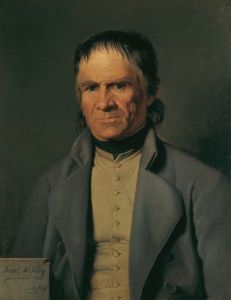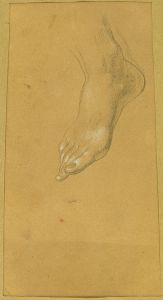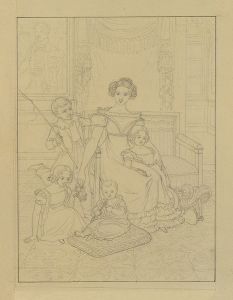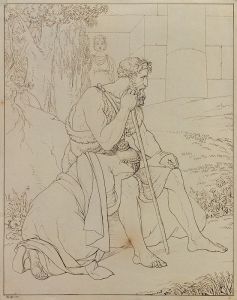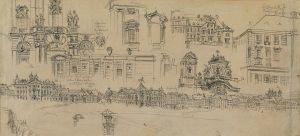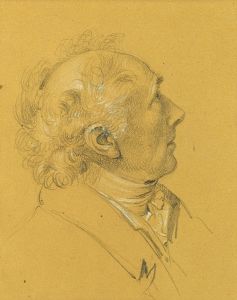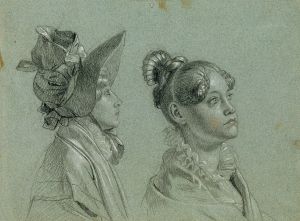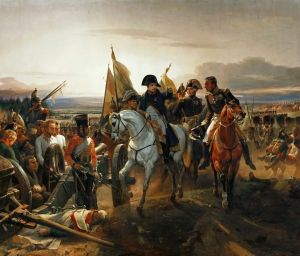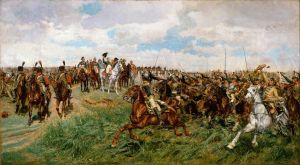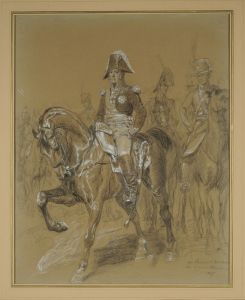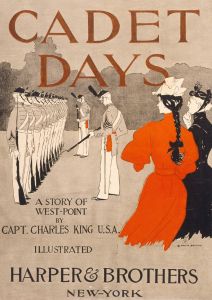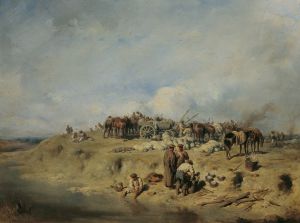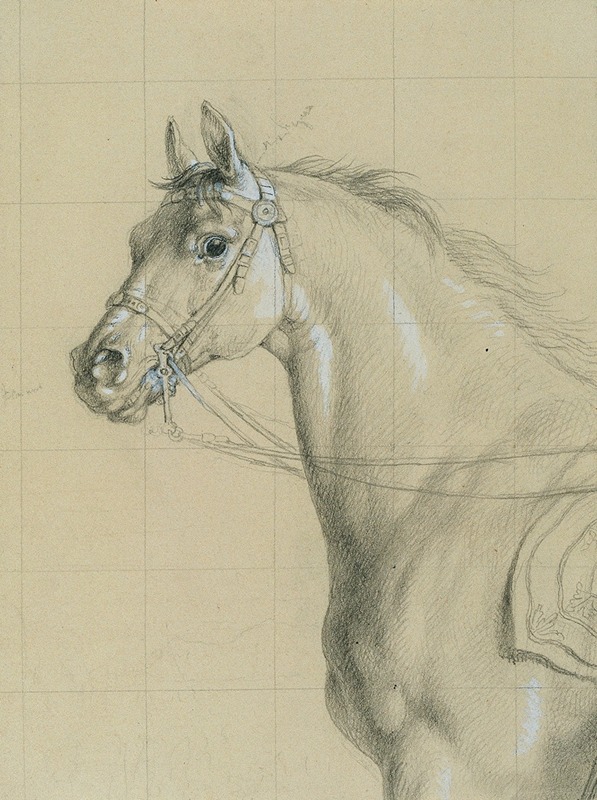
Pferdestudie zu ‘Erzherzog Karl mit seinem Stab in der Schlacht bei Aspern’
A hand-painted replica of Johann Peter Krafft’s masterpiece Pferdestudie zu ‘Erzherzog Karl mit seinem Stab in der Schlacht bei Aspern’, meticulously crafted by professional artists to capture the true essence of the original. Each piece is created with museum-quality canvas and rare mineral pigments, carefully painted by experienced artists with delicate brushstrokes and rich, layered colors to perfectly recreate the texture of the original artwork. Unlike machine-printed reproductions, this hand-painted version brings the painting to life, infused with the artist’s emotions and skill in every stroke. Whether for personal collection or home decoration, it instantly elevates the artistic atmosphere of any space.
Johann Peter Krafft's Pferdestudie zu ‘Erzherzog Karl mit seinem Stab in der Schlacht bei Aspern’ (Horse Study for ‘Archduke Charles with His Staff in the Battle of Aspern’) is a preparatory study created by the Austrian painter Johann Peter Krafft (1780–1856). Krafft was a prominent artist of the Biedermeier period, known for his historical paintings, portraits, and genre scenes. This particular study is associated with his larger work depicting Archduke Charles of Austria during the Battle of Aspern-Essling, a significant event in the Napoleonic Wars.
The Battle of Aspern-Essling took place on May 21–22, 1809, near Vienna, and marked a major confrontation between the forces of Napoleon Bonaparte and the Austrian army led by Archduke Charles. The battle is historically notable as one of the first major defeats suffered by Napoleon, showcasing the resilience and strategic capabilities of the Austrian military. Krafft's painting, for which this horse study was created, aimed to commemorate the heroism and leadership of Archduke Charles, who became a symbol of Austrian resistance against French domination.
The horse study demonstrates Krafft's meticulous attention to detail and his commitment to accurately portraying the anatomy and movement of horses, which were central to the composition of the final painting. Horses played a crucial role in military engagements of the era, serving as mounts for officers and as part of cavalry units. Krafft's focus on the horse in this study reflects his effort to ensure realism and dynamism in the depiction of the battle scene.
The final painting, Erzherzog Karl mit seinem Stab in der Schlacht bei Aspern, is considered one of Krafft's most significant works. It captures the dramatic intensity of the battle and highlights the leadership of Archduke Charles amidst the chaos of war. The horse study, as a preparatory work, provides insight into Krafft's artistic process and his dedication to achieving a lifelike representation of his subjects.
Krafft's works, including this study, are part of the broader tradition of historical painting in 19th-century Europe, which sought to document and glorify key moments in national history. His contributions to Austrian art have earned him recognition as one of the leading painters of his time. The Pferdestudie is an example of his skill in draftsmanship and his ability to convey movement and vitality through his studies and finished compositions.





